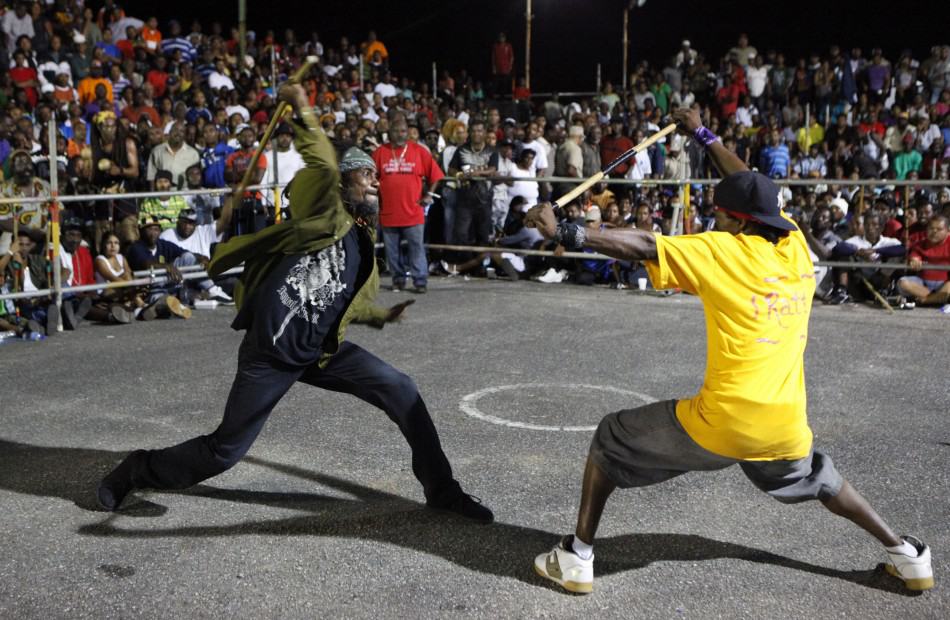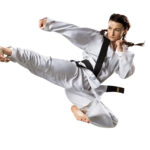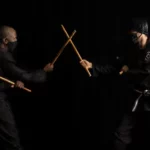Mainly fought using “sticks” is a Caribbean martial art form known as Calinda. This form of “stick fighting” martial art is said to have originated from Trinidad and Tobago during the 1720’s, and is commonly referred to “Kalinda or Kalenda”. Apparently, it also comprises of elements belonging to “folk music and dance”. Furthermore, this martial art form is mainly performed during annual carnival competitions held on the island of Trinidad and Tobago.
a. History/origin of Calinda:
According to the cultural history of the Caribbean, it was during the 17th century that French planters belonging to neighboring islands such as Grenada, Guadelope, Martinique, and Dominica along with their slaves migrated to Trinidad and Tobago. It was these slaves that then created a form of celebration known as “canboulay” which later led to the formation of the renowned “Trinidad Carnival”. Furthermore, it was after the end of slavery that this form of martial art accompanied by music was then developed. In addition, the Calinda also included a lead vocalist called “chantwell” who would chant and cheer while a fighter fought a stick fighting bout.
b. Weapon used in the Calinda:
A pair of sticks is generally used as weapon in this form of martial art.
c. Technique involved in the Calinda and the training availability:
In terms of technique, the fighter uses a pair of sticks to “attack as well as defend” during a duel. Furthermore, a Calinda bout is accompanied by music produced by three drum combination. In addition, singing also plays a major part along with the music in this form of martial art. As for training centers/schools, there are none available around since this “stick fighting” form of martial art is mainly practiced in the Trinidad and Tobago.
image credit ')}







